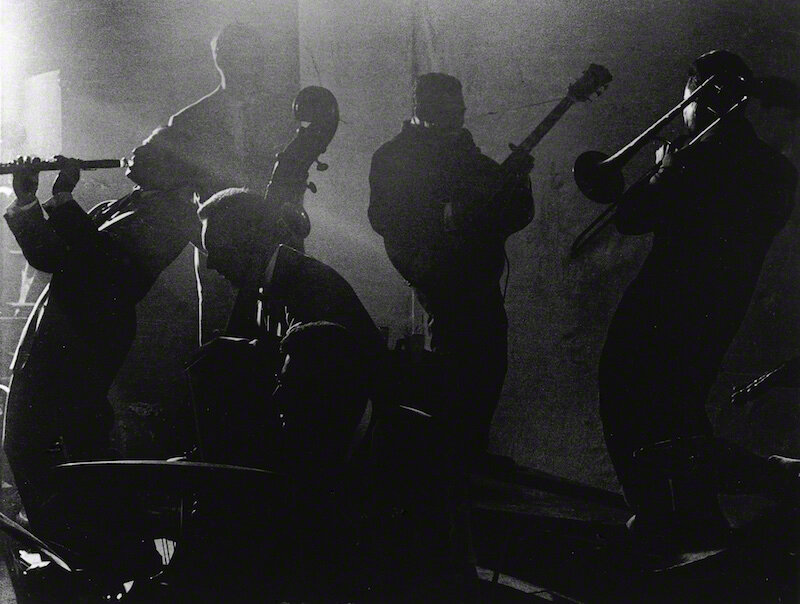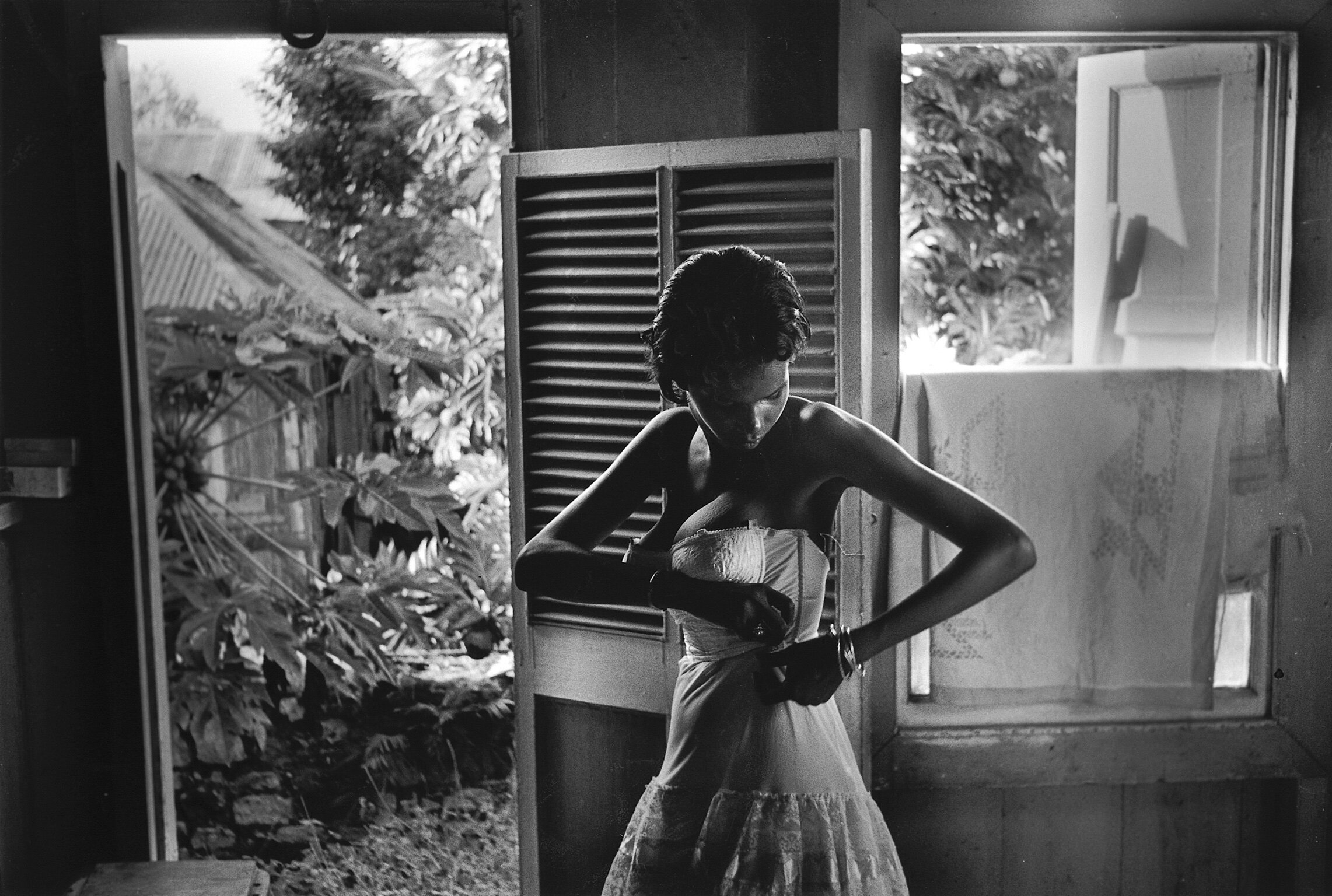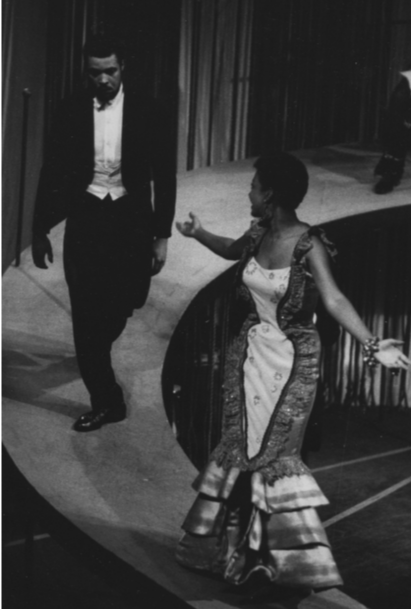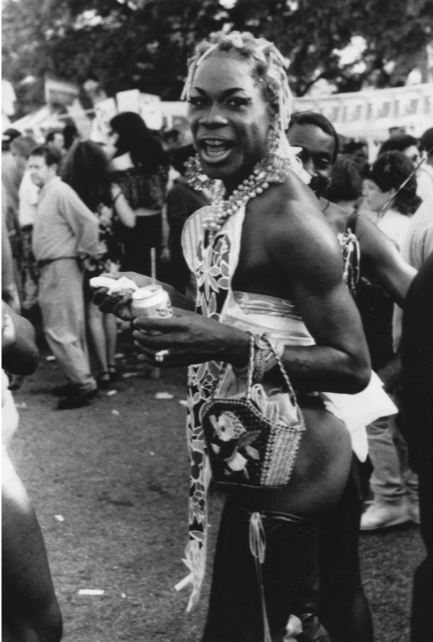Hugh Bell Seen as Key Influential Figure of 20th Century Black Photography
/Working Together: The Photographers of the Kamoinge Workshop, a groundbreaking exhibition of overlooked Black photographers, organized by the Virginia Museum of Fine Arts, establishes the importance of Hugh Bell's photography. While not a member of the Kamoinge Workshop, Bell is recognized by the curators of the exhibition as follows: “The Workshop’s artists have variously cited the influence of fellow photographers such as Roy de Carava, E. Eugene Smith, Henri Cartier-Bresson, Gordon Parks, Hugh Bell, and Dorothea Lange, all of whom combined observation with their own personal impressions.” Additionally, the exhibition displays a copy of The Black Photographers Annual from 1973, in which is included Bell’s photograph from the memorial for “Hot Lips” Page in New York in 1954. Long overlooked by the academy, Bell's photographic work has now been recognized as among the canonical work of the 20th century.
A recent article in BuzzFeed News cited Bell as an influential figure, alongside Ming Smith, Louis Draper, and Shawn Walker: "Over the last century, as photography as a medium grew in popularity and decreased in price, people from every walk of life picked up cameras to document their surroundings. For many Black photographers who spent years or decades documenting the day-to-day lives of their communities, these records carry more weight than ever due to a history of racism and neglect from larger, mostly white archival institutions like museums and libraries.”
“I’d like to show what race consciousness means through pictures.”
- Hugh Bell, Popular Photography (1956)
Hugh Bell began his career as a photographer in the early 1950s, and his photograph entitled “Hot Jazz” was exhibited in the “Family of Man” exhibition at The Museum of Modern Art in 1955. Over the course of his career, Bell, himself of Afro-Caribbean heritage, photographed many aspects of the African-American experience, including the pioneering stage production of Jean Genet’s “The Blacks” (1961, featuring James Earl Jones, Roscoe Lee Brown, Cicely Tyson, and Maya Angelou); a “Jazz Giants” series (featuring Duke Ellington, Louis Armstrong, Billie Holiday, Sarah Vaughan, and many other musicians and performers); dancer Geoffrey Holder; Afro-Caribbean culture; female nudes for a photo spread in Avant-Garde magazine; and print advertisements for companies (such as Maxwell House Coffee, Miller Beer, IBM Computers, Gulf Gasoline, and the US Navy), all of which were geared to the African-American community. During the 1980s and 1990s, Hugh Bell photographed numerous gay and lesbian events, including Gay Pride marches, Wigstock and the Greenwich Village Halloween parades. Gartenberg Media has provided prints and digital copies of Bell's work for major exhibitions and film and television productions. These include the loan of 9 of Bell’s photographs from his “Jazz Giants” series for a major exhibition at Harvard University in 2016 on the “Art of Jazz”; a suite of photographs of Billie Holiday backstage at Carnegie Hall in 1956 licensed for the current James Erskine documentary “Billie”; and Bell’s 1955 performance photograph of Sarah Vaughan licensed to the USPS for a Forever Stamp featuring her image. Previously, Thomas Allen Harris included an interview of Hugh Bell in his film “Through a Lens Darkly”, which was based on the book “Reflections in Black: A History of Black Photographers 1840 to the Present “ by Deborah Willis. Significantly, the National Museum of African American Heritage and Culture (NMAAHC) acquired a selection of silver gelatin prints from the Hugh Bell archive for their permanent collection, which included images from Bell’s photographs of the Afro-Caribbean and LGBT cultures, Nudes and Models, and Jazz Giants.
Hugh Bell Self Portrait, 1984
The Working Together: The Photographers of the Kamoinge Workshop exhibition originated at the Virginia Museum of Fine Arts and traveled recently to the Whitney Museum of American Art, and will continue on to the Cincinnati Art Museum and The Getty Center.
Gartenberg Media Enterprises (GME) is the exclusive representative of the Estate of Hugh Bell. For more information about Hugh Bell and his legacy, please contact David Deitch, Fine Arts Curator, at david@gartenbergmedia.com.
All photographs are © The Estate of Hugh Bell.






